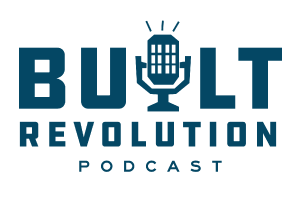In the third episode of Continuum Advisory Group’s Lean and Integrated Project Delivery (IPD) Miniseries…
NUMMI: A Study in Lean Manufacturing
“Lean” is a popular term these days. Its principles of improved productivity and minimal waste can be applied to almost any industry or operation. But to truly understand it, you should go back to its original application.
Toyota: Lean Pioneers
People like Ben Franklin and Henry T. Ford were the first to consider the ideas that led to Lean. Ford in particular pointed out how some workers did tasks inefficiently because they were not properly managed, creating not only wasted materials but wasted productivity.
But across the Pacific, the Japanese were the ones to get it going. Toyota – originally a textile manufacturer – won its first truck contract with the Japanese government in the 30s, which forced it to reconsider some of its manufacturing practices. Over the next few decades they would develop the core principles of Lean manufacturing that led to their famous Toyota way. These principles focused on managing three things:
- Muda: wasted work; when you have excess resources to create something, it causes waste.
- Mura: unevenness; when you deliver an inconsistent product, wasting that product.
- Muri: overburden; typically in the form of unclear instructions for people making the product.
Coming to America
In the 1980s, General Motors was struggling. They were fresh off of the fuel crisis, and foreign automakers had swept in with well-made, fuel efficient vehicles. Their own cars suffered from reliability issues caused by poor plant conditions and low worker morale.
So in 1984, GM and Toyota joined forces. GM wanted to learn about Toyota’s Lean manufacturing methods, and Toyota needed a foothold for production in America. The result was the New United Motor Manufacturing (NUMMI) plant in California.
With instruction from the masters of Toyota, the results were extraordinary. GM cars produced at NUMMI rolled off the line as fast as those in Japan. Even better, they had the same low defect levels as their Asian counterparts.
GM also adopted the kaizen strategy from Toyota, or continuous improvement. Employees were free to suggest how to assemble parts differently, or how to make the line move faster. Managers always listened to them, and consensus-based decision making stood in stark contrast to GM’s culture at the time.
NUMMI has since shut down, and is now a Tesla factory. GM has had a wild ride since then, but today has record quality ratings on all of its vehicles. Toyota remains the world’s number one automaker and maintains an exceptional reputation for reliability and build quality.
If Lean could change one of the biggest companies in the world, what could it do for you? If you’re interested in learning more, check out Brandon Hart’s post on the cost savings of Lean principles.

